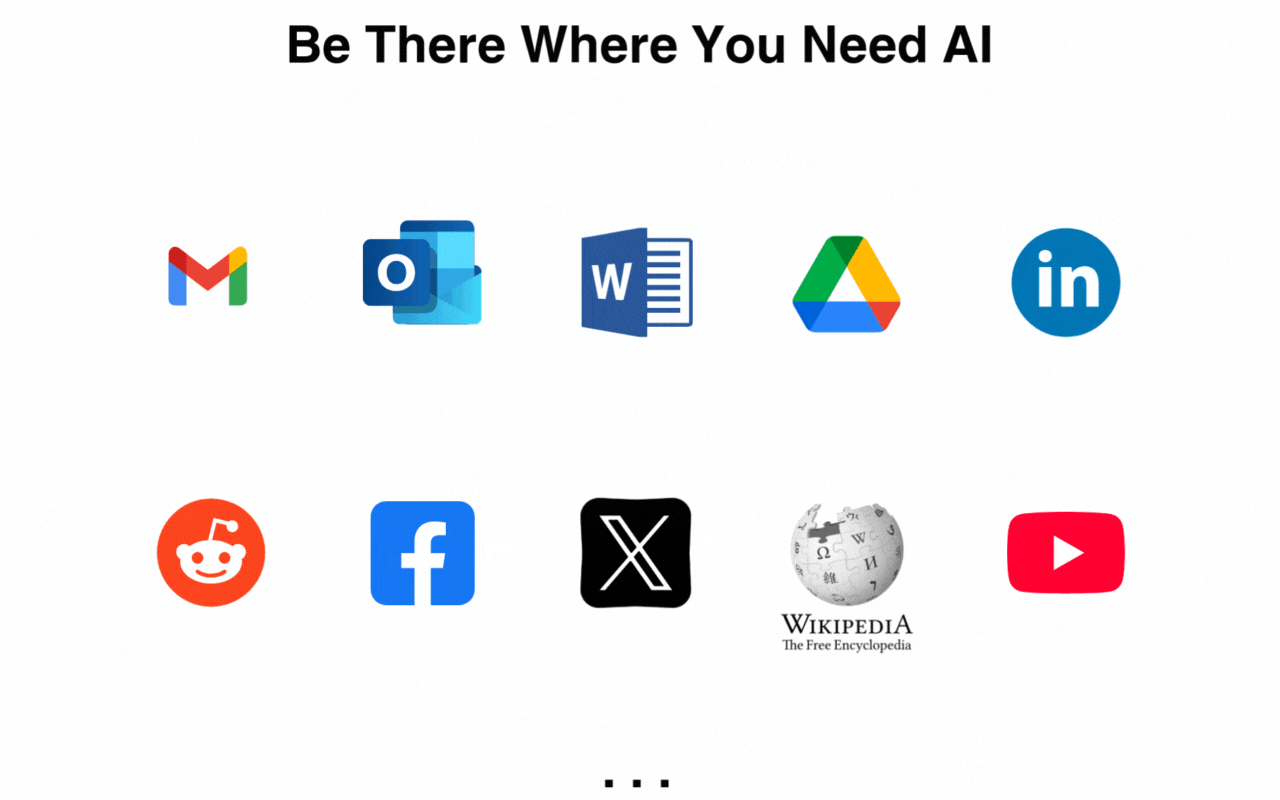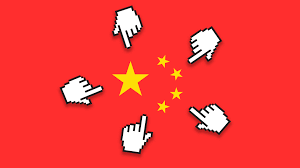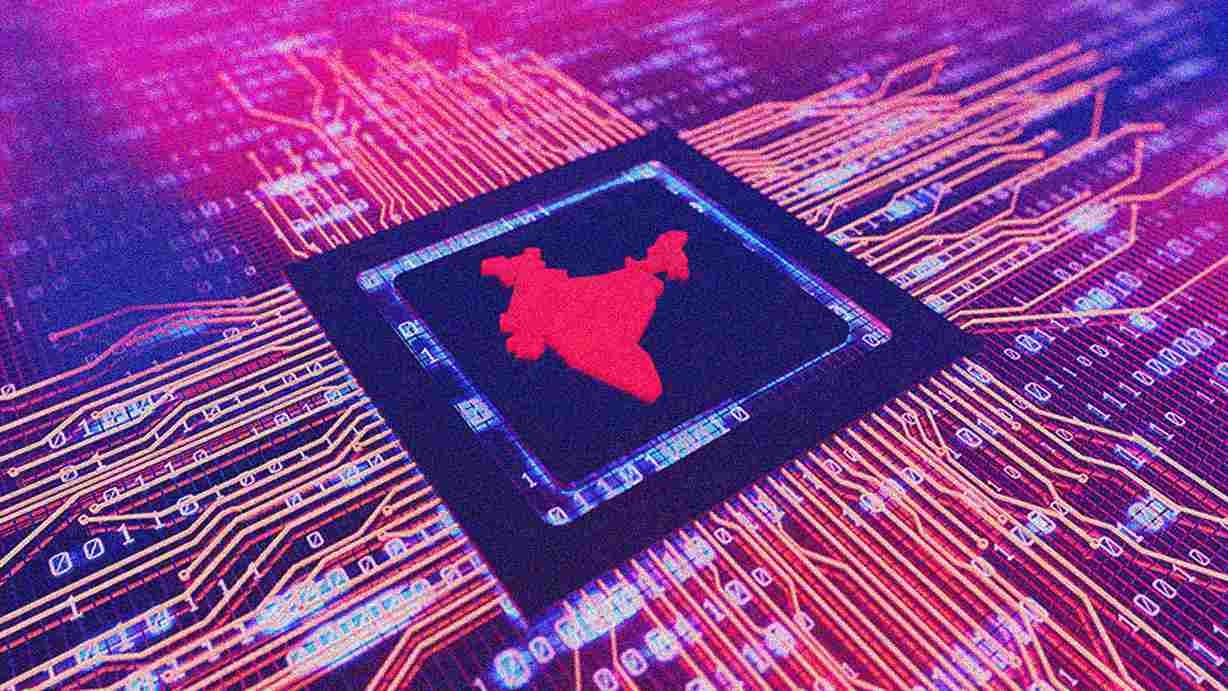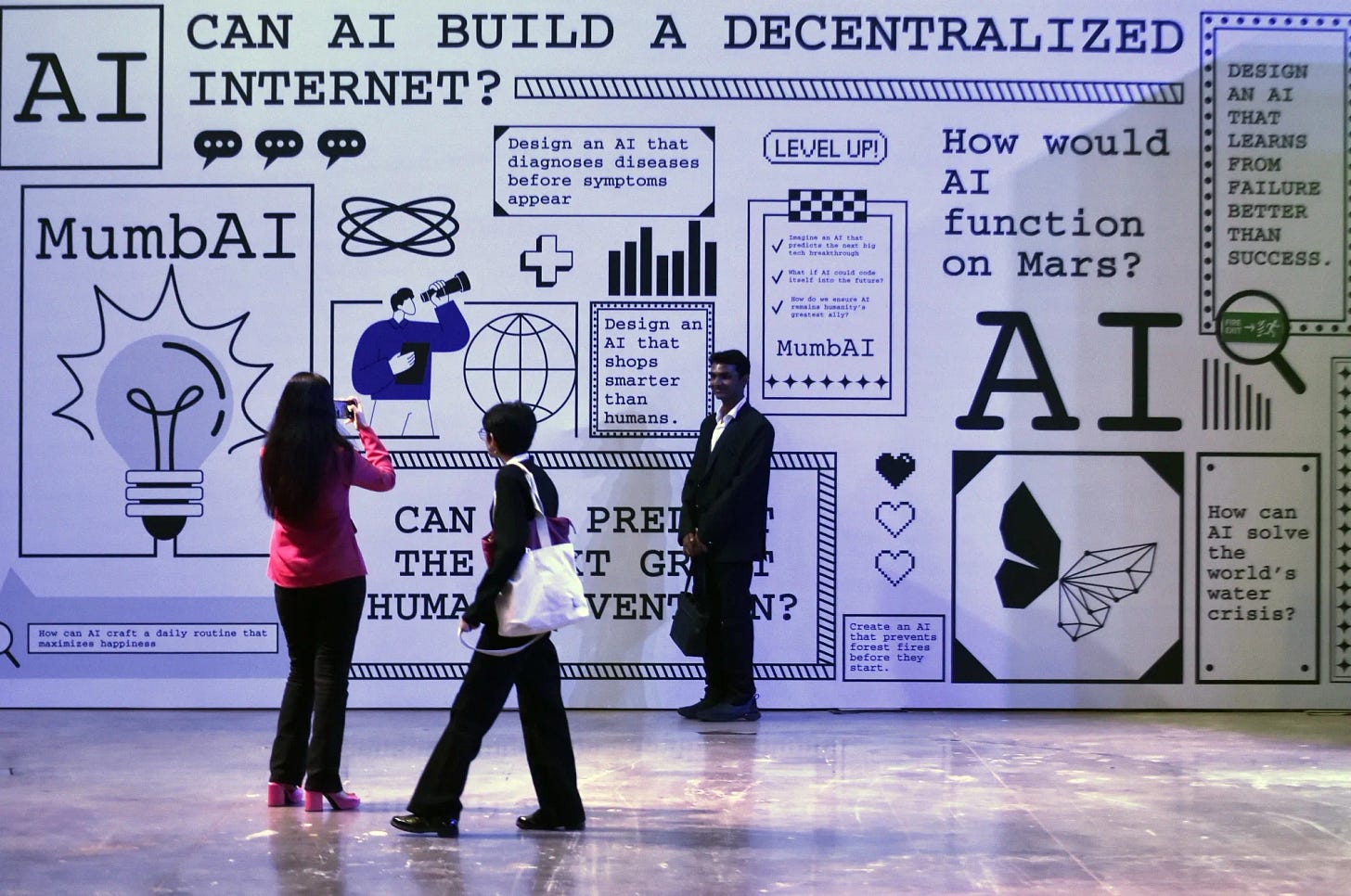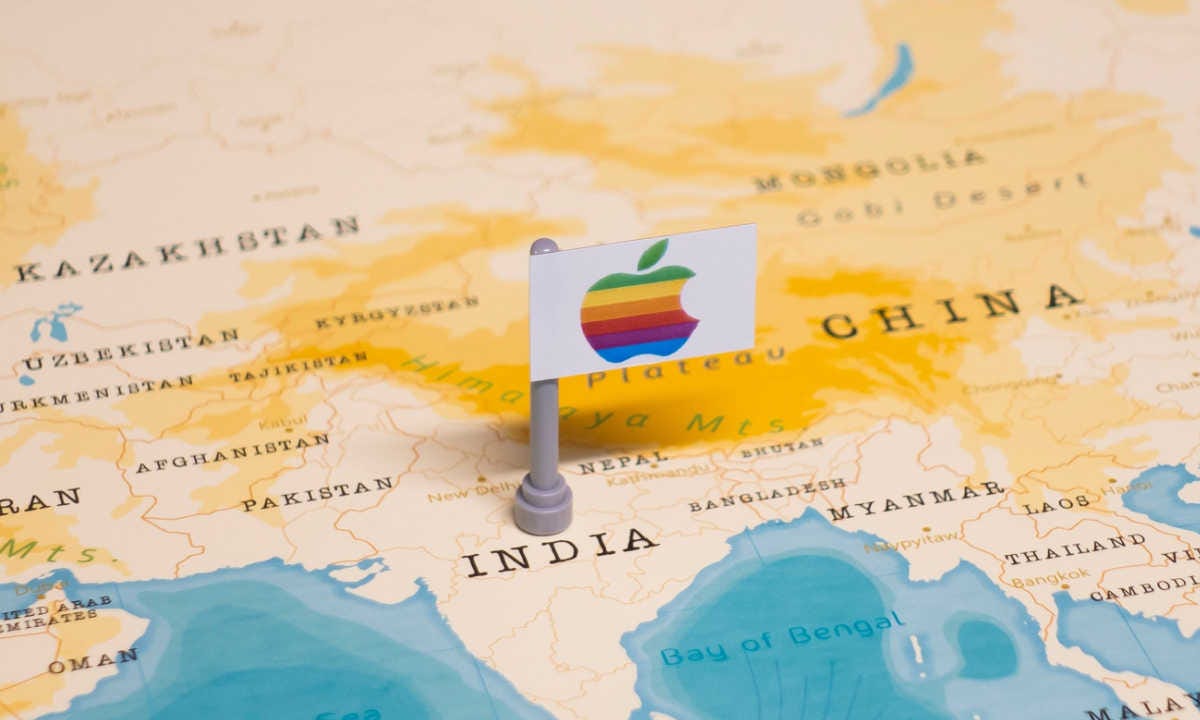
AI: Mainstream AI Marketing the next major battle at Scale. RTZ #900
The Bigger Picture, November 9, 2025
The next battle for LLM AI companies in this AI Tech Wave, is getting mainstream users at scale. And India may have a role to play for US big tech. Especially in terms of getting big numbers of mainstream users at scale.
What the movie companies call ‘distribution’. It’s a well known axiom in Hollywood that it costs another dollar to market and distribute a movie on top of the dollar spent to make a movie. So a $100 million dollar production means another $100 million for marketing. Thus needing the movie backers to recoup at least $200 million before any net profits are generated.
Same has been true of social media services for a long time now. And AI applications and services are about to see the same hurdle for mainstream users at scale. And one opportunity for US companies especialy is in India. That is the Bigger Picture to discuss this Sunday.
Fir Exhibit 1, I’d like to start closer to home, focusing on a noteworthy development this week. That is the multi-hundred million dollar, Perplexity/Snap distribution deal for ‘AI Search’ to the hundreds of million Snap users. As Techcrunch explains in “Perplexity to pay Snap $400M to power search in Snapchat”:
“Snap said on Thursday that it has signed a deal to integrate Perplexity’s AI search engine directly within Snapchat. As part of the deal, Perplexity will pay Snap $400 million in cash and equity.”
That’s a meaningful sum for Perplexity, an up and coming AI unicorn that also needs to meaningfully scale its AI Compute Infrastructure.
“The deal gives Perplexity exposure to more than 940 million Snapchat users, who will get answers from its AI engine when they ask questions to the company’s My AI chatbot.”
“The new feature will be integrated into the app’s interface early next year. Snap said it will start recording revenue from this deal in 2026.”
And it helps Snap’s finances, which was reflected in the 20%+ in its valuation on announcement.
Again, acquiring customers and distribution for new services is a major step in big tech way before AI. Every billion plus user service we know has had to go through this ‘AI marketing’ step.
Exhibit 2 on that front is Chinese mega-tech company Bytedance spending billions over the last eight plus years on major social media platforms like Meta/Facebook, Snap, Pinterest and many others in the US to acquire users for TikTok. Yes, that TikTok with billions of users now for Bytedance outside China, and the one about to split off its US operation to White House approved investors soon.
It’s a tech industry reality that Bytedance’s TikTok spending accounted for 10% or more of Meta’s annual revenues for years since 2018. Amounting to total ‘marketing’ expenses for Bytedance of over $10 billion.
That’s what enabled TikTok to now generate those kinds of sums and more in annual revenues today. As Google AI Overview explains:
“ByteDance spent billions on ads for TikTok, including spending hundreds of millions on Facebook/Meta platforms to acquire users and drive growth. In the US alone, ByteDance reportedly spent about $1 billion on advertising in 2018 and continued to invest heavily in user acquisition through various online platforms. Meta has also reported receiving a significant portion of ad spending that could shift from TikTok if it were to be banned, showing how the platforms are interconnected in the advertising ecosystem.”
Even within China, Bytedance is reputed to have spent billions to acquire customers for its local version of TikTok, Douyin over the years. In a country like China with 1.4 billion people and over half a billion online users, that likely cost Bytedance tens of billions within country before becoming the short video leader in China.
AI services are about to need similar mass distribution. And those marketing budgets and customer acquisition efforts have got to be added to the AI investments by the big tech/AI LLM AI companies, on TOP of the hundreds of billions being expended on AI Infrastructure, Data Centers, Chips, Power and more.
That need is currently driving the major US tech/AI companies to India, as a way to test and market its AI offerings there in a country of 1.4+ billion users. A counter-point to China’s demographic wealth.
With a larger majority of English speaking young users than any other country. I’ve written extensively about AI and India in these pages, from a range of perspectives.
Bloomberg lays it out well in “Everywhere All at Once Makes India a Safe AI Bet”:
“India may be the biggest, safest bet in the age of artificial intelligence because it will use AI models, not build them.”
“Several companies, including OpenAI and Alphabet, are offering free access to their paid AI tiers in India, with some partnering with telecom providers to reach hundreds of millions of users.”
“Indian officials believe widespread adoption of AI could triple the productivity of informal workers and add $500 billion to $600 billion to India’s output by 2035, by providing a way for people to acquire new skills and competence.”
The details are noteworthy in the context of marketing to mainstream users:
“Everyone is looking for the next big AI bet. They’re searching for energy-rich places that can run data centers cheaply, for bottlenecks in the semiconductor supply chain that will earn massive profits, or for companies that might own the next breakout algorithm.”
“Usually, India doesn’t feature in these conversations. It isn’t going to be a chipmaking superpower any time soon. And, although a couple of big data-center projects have been announced, high energy costs and land scarcity limit its ambitions.”
Here’s the twist, with Perplexity again playing a leading role, along with its bigger peers OpenAI and Google:
“And yet India may be the biggest, safest bet in the age of artificial intelligence. Not because it will build the models, but because it will use them.”
”The large language models players already suspect this. In recent months, three companies have rolled out free access to their paid tiers exclusively in India. OpenAI Inc.’s lightweight ChatGPT Go plan will be available at no cost to Indians for a year; Alphabet Inc.’s Gemini Pro will be provided to every single one of Reliance Jio Infocomm Ltd.’s 505 million subscribers for 18 months; and Perplexity AI Inc. will offer its Pro version to Bharti Airtel Ltd.’s 350 million users.”“That two of the three are going with telecom providers is partly to build scale. Nobody gives you numbers like India does. And young Indians are particularly ferocious adopters of technology.”
“The telcos, for their part, are always looking for products to bundle with their subscription plans. But some analysts have pointed out that it’s different this time: Instead of an entertainment package, they’re selling their AI add-ons as a utility.”
“We are on the cusp of a planetary-scale social experiment: What happens when you push free, unlimited, cutting-edge AI onto a billion-plus peoples’ phones?”
And the Indian government is leaning into the possibilities, especially given the US/China issues:
“Indian officials know what answer they’re hoping for. This might be how the country finally breaks out of the low-skill, low-productivity equilibrium it has been trapped in. Growth numbers look impressive. But they’re driven by a few high-output sectors; the vast majority of people work for themselves or for informal enterprises, and according to the International Labor Organization are only half as productive as the average.”
“Last month, the government think tank NITI Aayog argued in an AI-focused report that it could triple the productivity of India’s informal workers in the next decade, taking it from $5 an hour to $15 an hour. The officials said that their calculations showed widespread adoption would add between $500 billion and $600 billion to India’s output by 2035.”
“New Delhi is an upbeat town, and this figure is almost certainly exaggerated by the most flattering possible assumptions. The brutal fact is that every other attempt to give India’s hundreds of millions of young people the skills they need to compete has failed. And, as my colleague Andy Mukherjee has argued, entry-level white-collar jobs are as much at risk in India as they are anywhere else.”
US big tech companies beyond OpenAI and Google like Apple, Meta, Nvidia, and almost everyone else is already focused on the India opportunities for AI:
“But official optimism about this technological transformation isn’t entirely unfounded. Youths here are not just enthusiastic about tech, they are unusually verbal users. The reason why almost every explainer on YouTube is made by and for Indians is because many of us search for answers on video sites first.”
“What OpenAI and the others seem to have realized is that there’s more than one way for a country to provide AI infrastructure. Data centers, power plants, semiconductor fabs — sure. But the last and most essential ingredient is people. And people India has.”
So they’re all piling in early in India, just as Bytedance from China did so early with the US and Meta, all the way back in 2018:
“That’s why the biggest AI play in the world might be India itself — not as a chipmaker or algorithm owner, but as everything else. Not in any one sector, but in all of them. If language models really lower the barrier to achieving competence, if they really work as enablers for the unskilled and disconnected, then this country’s hundreds of millions of underperforming workers become the world’s most consequential growth story.”
The whole piece is worth a full read for more details.
Separately, this ‘AI marketing’ step is one of the reasons I’m positive on Apple with its opportunities as a distribution gateway for most AI companies going forward. Apple already earns over $15 billion a year from Google to make Google Search a default on Apple platforms and Safari browser. Making even the billion dollar payment to Google for Gemini to revamp Siri this week seem like a minor outflow in the other direction.
In the coming era of AI Browsers, add possibiliites to the revenue making opportunities for companies like Apple that have distribution platforms to billions of global mainstream users.
This is the Bigger Picture that needs to be added to the mix. As the next major step to mainstream the flood of new AI applications and devices in this AI Tech Wave. The marketing efforts for AI products has barely gotten started. Stay tuned.
(NOTE: The discussions here are for information purposes only, and not meant as investment advice at any time. Thanks for joining us here)



